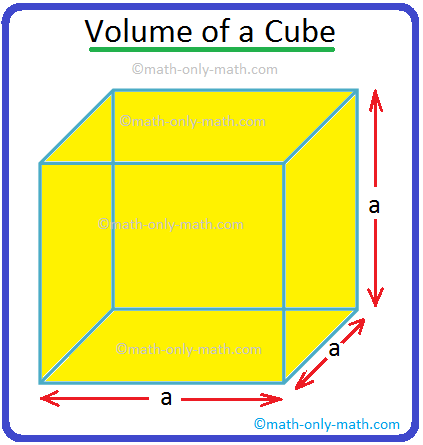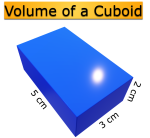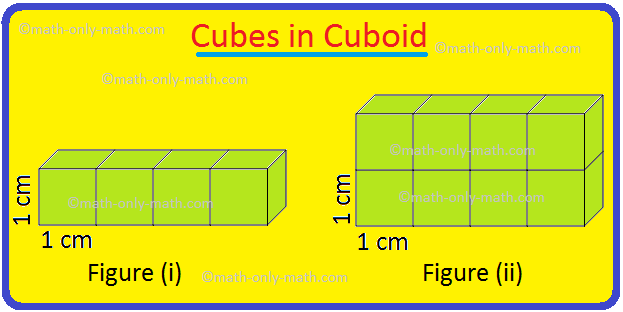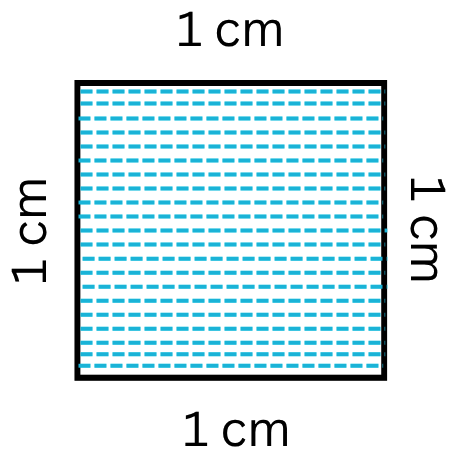Subscribe to our ▶️YouTube channel🔴 for the latest videos, updates, and tips.
Home | About Us | Contact Us | Privacy | Math Blog
Successive Discounts
Before going on the topic (successive discount), let us first try to understand the concept of discount. While crossing a garment store on road, you must have come across the poster saying “Hurry, 20% off!!” in blocks. This percent written on the poster is the discount percent offered by the shopkeeper to their customers. It is actually some percentage off on the products so as to attract customers towards their products. Let us try to understand the actual situation of the market using an example. Let us suppose a case where a shopkeeper buys a t-shirt from a retailer at $ 500. He decides to sell it for $ 800. He then puts a discount of 20% on the t-shirt. After this discount the selling price of the t-shirt becomes:
= 800 - (20% of 800)
= 800 - (160)
= $ 640
If we look from the customer’s point of view we will find 20% off on the t-shirt. But from shopkeeper’s point, he is actually selling his product for $ 640 even after giving a discount of 20%, which he bought for $ 500. This means that the shopkeeper is having a profit of $ 140 even after the discount offered. This is what the actual situation of our market is.
Now let us move on to our main topic, i.e., successive discount. Successive discount is the discount offered on the discount. It is similar to compound interest (interest on interest). Let us have an example to understand the concept. Let the original price of a CD be ‘x’. a shopkeeper offers a discount of ‘y%’ and again ‘z%’ on the new price. What will be the selling price of the CD. The selling price of the CD can be calculated as:
Total discount can be calculated as: y+z−yz100%
Now the selling price of the CD will be = x−(y+z−yz100)×x.
Now let us solve some examples based upon the concept of successive discounts.
1. In a store the successive discounts offered on a bag are 10% and 20%. The store price of the bag is $570. Then calculate the selling price of the bag.
Solution:
Successive discounts offered on the bag = 10% and 20%
Total discount offered on the bag = 10+20−10×20100%
= 30−200100%
= 28%
Discount = 28% of $570
= 28100×570
= $159.6
Selling price = store price – discount
= $570 - $159.6
= $410.4
2. The store price of a t-shirt is Rs950. The successive discounts offered by the store is 30% and 50%. Calculate the total discount offered by the store. Also calculate the selling price of the t-shirt.
Solution:
successive discounts offered on the t-shirt = 30% & 50%
Total discount = 30+50−30×50100%
= 80−1500100%
= 65%
Discount = 65% of Rs950
= 65100×950
= $ 617.5
Selling price = $ 950 – $ 617.5
= $ 332.5
Note: Now if three successive discounts are given as x%, y% and z% respectively and you need to calculate the total discount, then first calculate the total discount due to x% and y% using the above formula. Then calculate the overall discount using this total discount and z%.
3. The successive discounts on a product in a store is given as 5%, 10% and 15%. The store price of the product is $ 1000. Then calculate overall discount and selling price of the product.
Solution:
Successive discounts = 5%, 10% and 15%.
Total discount due to 5% and 10% = 5+10−5×10100%
= 15−50100%
= 14.5%
Overall discount due to 14.5% and 15% = 14.5+15−14.5×15100%
= 29.5−217.5100%
= 27.325%
Discount = 27.325% of $ 1000
= $ 273.25
Selling price = store price – overall discount
= $ 726.75
Profit and Loss
Cost Price, Selling Price and Rates of Profit and Loss
Problems on Cost Price, Selling Price and Rates of Profit and Loss
Understanding Overheads Expenses
Worksheet on Cost Price, Selling Price and Rates of Profit and Loss
Understanding Discount and Mark Up
Worksheet on Discount and Markup
Worksheet on the application of overhead Expenses
Worksheet on Successive Discounts
From Successive Discounts to HOME PAGE
Didn't find what you were looking for? Or want to know more information about Math Only Math. Use this Google Search to find what you need.
Recent Articles
-
Volume of a Cube | How to Calculate the Volume of a Cube? | Examples
Jul 22, 25 03:02 PM
A cube is a solid box whose every surface is a square of same area. Take an empty box with open top in the shape of a cube whose each edge is 2 cm. Now fit cubes of edges 1 cm in it. From the figure i… -
Volume of a Cuboid | Volume of Cuboid Formula | How to Find the Volume
Jul 20, 25 12:58 PM
Cuboid is a solid box whose every surface is a rectangle of same area or different areas. A cuboid will have a length, breadth and height. Hence we can conclude that volume is 3 dimensional. To measur… -
5th Grade Volume | Units of Volume | Measurement of Volume|Cubic Units
Jul 20, 25 10:22 AM
Volume is the amount of space enclosed by an object or shape, how much 3-dimensional space (length, height, and width) it occupies. A flat shape like triangle, square and rectangle occupies surface on… -
Worksheet on Area of a Square and Rectangle | Area of Squares & Rectan
Jul 19, 25 05:00 AM
We will practice the questions given in the worksheet on area of a square and rectangle. We know the amount of surface that a plane figure covers is called its area. 1. Find the area of the square len… -
Area of Rectangle Square and Triangle | Formulas| Area of Plane Shapes
Jul 18, 25 10:38 AM
Area of a closed plane figure is the amount of surface enclosed within its boundary. Look at the given figures. The shaded region of each figure denotes its area. The standard unit, generally used for…






New! Comments
Have your say about what you just read! Leave me a comment in the box below. Ask a Question or Answer a Question.